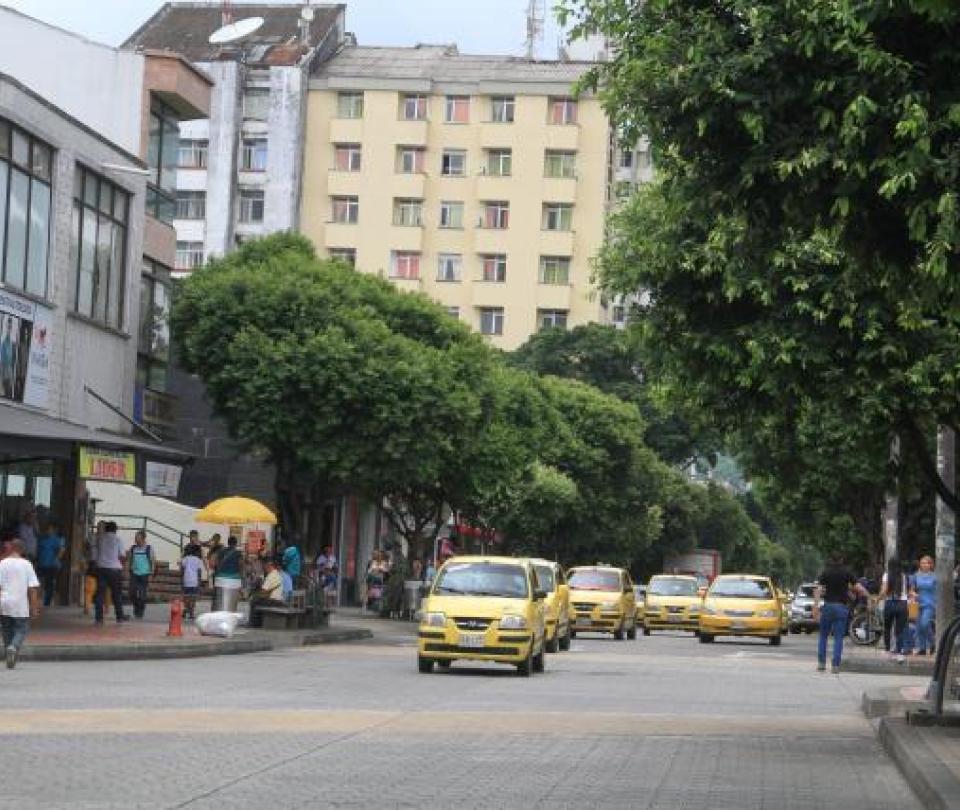The national economy showed a favorable first semester, with positive figures in terms of growth –the latest data available from the Economic Monitoring Indicator (ISE) showed an annual growth of 16.5% in May– in sectoral matters, and also in relation to employment. Nevertheless, Colombia is a country of regions, and the dynamics in each one has different nuances.
(Cluster initiatives generate more than 2.7 million jobs).
An example of this are the figures in relation to manufacturing production. The last bulletin of the National Administrative Department of Statistics (Dane) for this sector, referring to May, showed an increase of 18.4% in the indicator, during the first five months of the year, compared to 2021. But the reactivation of the industry has different dynamics in the regions.
This is how Córdoba sees the greatest variation so far this year (40.0%), followed by Cauca (36%) and Valle (26.2%), while in other regions such as Santander or Tolima there is hardly any variation. appreciates an increase of 1.0% or 1.8%, respectively, in its manufacturing production.
(EU regulations would impact the coffee supply chain).
In terms of employment, on the other hand, significant gaps can be seen, if one bears in mind that over the last few months the national rate has been improving, and in May it was 10.6%. During the March-May quarter, in the capital of Chocó, Quibdó, the unemployment rate was 21%, the highest nationwide.
Valledupar, with unemployment of 16.1%, and Ibagué, with 15.1%, are other regions with the highest unemployment in the country. While among the capitals with the lowest indicators are Bucaramanga (8.7%), Manizales (10.3%) and Villavicencio (10.7%).
“A lot of that has to do with the general level of development that each of the regions has. These gaps have always been seen, as a consequence of the existence and development of companies and the generation of jobs, both by the private and public sectors”, explains Adrián Garlati, director of the Economics degree at the Javeriana University.
The expert also points out that there is a relationship between some of the regions with a low level of employment and the presence of public order problems, where “this translates into high levels of unemployment, along with the deepening of poverty.”
Inflation, the great challenge
Although the economy and employment have improved at a general level, inflation is the great difficulty that the regions have had to face in the first half of the year, and in some the impact has been stronger, as is the case of Cúcuta, Villavicencio and Tunja, as well as several Caribbean cities.
In the east of the country, the capital of Norte de Santander is experiencing inflation reaching 13.65%, more than 3.5 percentage points above the national rate (10.6%), driven especially by pressures related to its proximity to Venezuela, as explained by Mario Zambrano, coordinator of the program Cúcuta Como Vamos.
“The migratory phenomenon, via pendulum migration, or due to demographic growth in the municipalities, have had pressure via consumption,” he says. In Bucaramanga, inflation to June reached 10.45%; in Tunja to 10.79% and in Villavicencio to 10.51%.
On the other hand, in the Caribbean there are several cities that closed the semester with an inflation of more than two digits, as is the case with Santa Marta, which is already at 13.07%, Valledupar (11.8%), Riohacha (11 .29%), Barranquilla (11.0%) and Montería (10.36%).
In the region, the rise in food prices, as well as in public services, have explained the rise above national figures. Oriana Álvarez, executive director of Fundesarrollo, assures that this “is quickly transmissible to other sectors such as restaurants and hotels.”
Although at the national level the consumer price index (CPI) presents significant increases, on the other hand, in cities such as Bogotá (8.89%), and Pasto (8.85%) there are much lower inflation rates, below of 9%.
BRIEFCASE







![[Img #74683]](https://thelatestnews.world/wp-content/uploads/2024/12/The-main-mistakes-to-avoid-when-betting-on-electronic-sports-150x150.jpg)








Add Comment